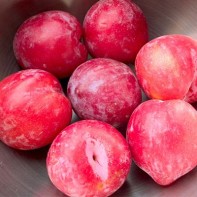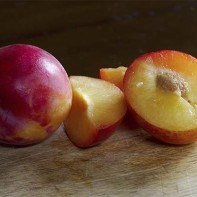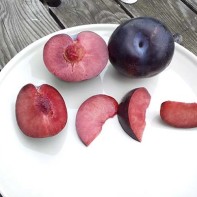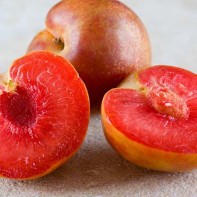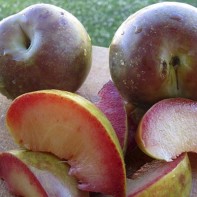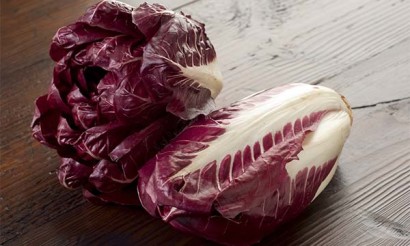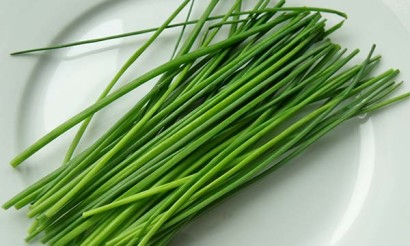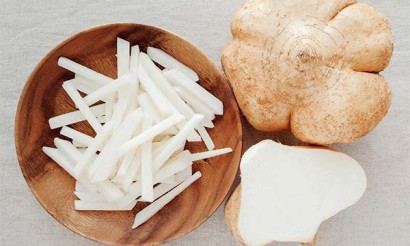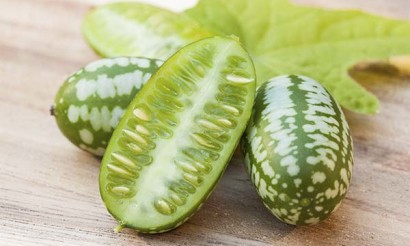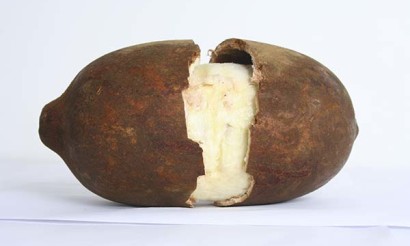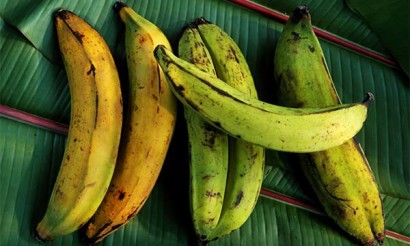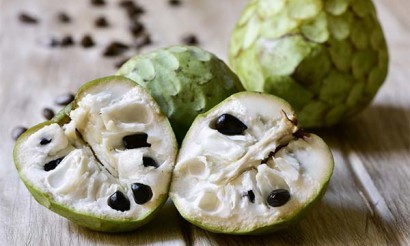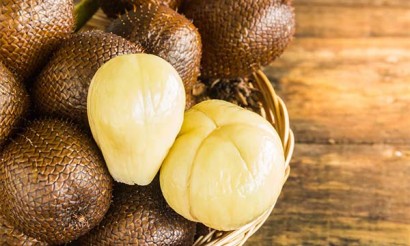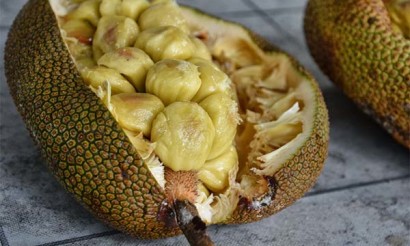Plumkot: what kind of fruit and why is it useful?
Exotic fruit trees are no longer rare for Russian household plots. A variety of hybrids are widely used by gardeners to grow and obtain consistently good harvests even in average climatic zones. One such fruit is plumkot, which has combined the best properties of apricot and plum. If you haven't heard of it yet, it's time to learn more about this new hybrid.
What is this fruit?
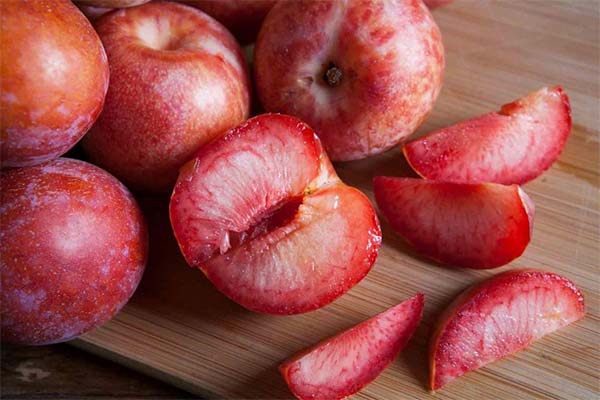
At the end of the last century, American breeders bred a hybrid of plum and apricot - pluot, the taste of which is striking for its sweetness and richness. It surpasses its parents in taste and has many useful properties. Still, plumkot took most of its qualities from plum. Whereas aprium hybrid, also a result of crossing of these fruits, has more similarities with apricot. The flesh of the pluokta is juicy, fibrous and sweet. The aroma is consistent with that of tropical fruits.
What it looks like
The weight of the fruit ranges from 30 to 70 grams. The color, as with the plum, can be yellow, purple, pinkish and even green. It all depends on the variety of the plant. The flavor of the fruit is very similar to apricot, as is the aroma. But the taste of plum is clearly felt as well. The skin of the pluot is mostly smooth, without pubescence, and thin. Inside the juicy pulp is a small bone in size. In appearance, some are similar to plum pips, while others resemble apricot. Sometimes the core of a plumcat resembles a peach in its roughness and wrinkling. All have a sharp, knife-blade-like protrusion. The coloring of the pith can be both yellowish, cherry, and brown.
The external features of the hybrid tree have similarities with both plum and apricot. Powerful, erect plants with long, slender branches and narrow leaves. Most plumkot varieties are adapted for cultivation, home consumption. Some of them enjoy not just high, but abundant yields. There are promising species for commercial breeding, but they are still scarce. Breeders continue to work so that in a few years a new fruit with plum and apricot flavors can lie in every store in the country.
Where it grows
This fruit is considered home to several countries: Southern Mexico, El Salvador, Guatemala. Also grown in Costa Rica, the United States (South Florida), Panama, Nicaragua, the Bahamas and Hawaii.
Plumcat growing conditions are similar to plum and apricot. The fruit plant grows and develops well in temperate areas. In northern areas, the fruit tree may freeze in winter or the inflorescences may die in a return spring frost. Therefore, when growing in cold regions, the trees are covered with cloth for the winter and the boles are covered with snow. The plant can develop successfully in sunny places, protected from northern cold winds and draughts. Plumkot cannot grow in lowlands, in places with a high location of groundwater, in waterlogged areas, where there is constant moisture. In such conditions it will die. But the hybrid does not tolerate drought either.
What is the usefulness of plumkot fruit
The hybrid has many useful properties, as it is rich in vitamins, trace elements, amino acids. The high content of vitamin C allows you to strengthen the immune system, fight colds, infections and viruses. Potassium and B vitamins have a beneficial effect on the nervous system, making a person feel good and stay in a good mood. Regular intake of plumkot gives peace of mind, relaxes the nervous system, eliminates anxiety and irrational fears.
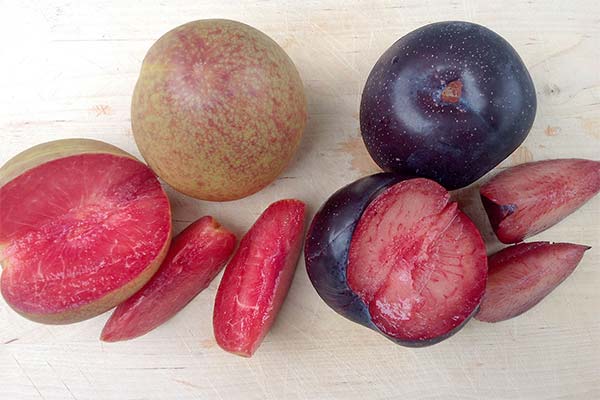
Vitamin A, which is contained in the hybrid, is essential for good vision. Dietary fiber and fiber have a positive effect on the digestive organs, relieving a person from constipation, indigestion, heaviness in the stomach. If you introduce plutonium into your diet on a regular basis, you can cope with such a chronic disease as atherosclerosis. Also, its regular consumption is an excellent prevention of arterial disease.
And also the exotic hybrid has a beneficial effect on male potency and libido. This is very important for men of age or with the presence of chronic diseases. Regular use will give an opportunity to get rid of problems in the sexual plan, to make male life bright and multifaceted. The usefulness of plumkot lies in the fact that with his help you can really improve your health, without resorting to drugs or drug intervention.
What harm can it do
However, like other fruits, the hybrid of plum and apricot has a number of contraindications. So, it is forbidden to those who:
- Suffers from diabetes, because of the high content of natural sugar.
- Has chronic gastrointestinal diseases, because the fruit irritates the walls of the stomach.
- Is breastfeeding to avoid allergic reactions in the baby.
- Has problems with the kidneys, especially with the formation of stones.
- Is prone to allergic reactions.
In the latter case, you should be especially careful. If any fruit has ever caused allergies, it is not recommended to use plumkot. If you have diseases of the gastrointestinal tract, you should not eat it on an empty stomach. Pregnant women are quite allowed to eat the delicious fruit, but you should refrain from lactation.
How to eat plumkot properly
Pluton is eaten mainly in its fresh form. To do this, the fruits are washed and the skin is not removed. If necessary, they are cut in two parts or in fractions. The pit is removed, as it is not edible. Plumkot taste is sweet, some varieties may have a pleasant sourness.
What can be made of plumkot?
More often than not, plutonium is eaten fresh. But it is also used in salads, pies, savory sauces for meat, cakes, and even in soups. This, of course, is a matter of taste. Traditionally, like the plum, the hybrid is used to make jams, jams, compotes, fillings for baking, and nectars. Prepare from it and delicious wine, tinctures for home consumption.
Of course, the fruit can be frozen, dried for longer storage. Dried fruit as well as prunes and apricots can be used to make refreshing compotes, make a filling for confectionery products, add them to desserts and salads. The juicy pulp gives 100% natural juice of excellent quality and taste, which can be safely used by children. Use it for the preparation of candied fruits, marmalade.
Traditional medicine applications
Like the plum, plumkot is used in folk medicine as an effective natural remedy. For this purpose they take not only fruits, but also other parts of plants.
- For example, decoction of tree bark helps normalize kidney function.
- Infusion of leaves is used to gargle the throat for angina and the mouth for stomatitis.
- Very useful for the digestive system is the pulp of the hybrid, which can be mixed with oats to normalize the work of all gastric organs and get rid of constipation. It turns out a mild, natural laxative.
- Also an infusion of leaves helps with skin diseases, is used to heal wounds and abrasions. In a mixture with licorice root, such remedies are used for dermatitis, eczema.
Cosmetological applications
To improve the condition of the face and neck skin, make it smooth and silky plumkot oil helps. Micronutrients and numerous vitamins moisturize, nourish the skin, restoring its structure, getting rid of rashes and smoothing wrinkles. Widely used at home masks from the pulp of the fruit with the addition of other ingredients. Made of pluot kernel and cleansing scrubs designed to improve metabolism, regenerate cells, get rid of old. Active ingredients of cosmetics instantly penetrate into the pores and gradually revitalize each layer of the epidermis.
Means, prepared on the basis of plumkot, soothe and smooth the skin, perfectly suitable for the care of flabby skin that has lost tone. Carotene moisturizes the skin, retinol removes dryness, inflammation and flaking, silicon gives elasticity and firmness, and folic acid smoothes fine lines and wrinkles. All these substances are present in large quantities in the new hybrid.
Pluokt can be used to make cosmetics not only for face and neck, but also for hands, nails, body and hair. The oil actively fights cellulite on the skin, makes nails strong and healthy, and hands - young and soft. Hair after such vitamin support becomes smooth, silky and thick.
How to grow plumkot.

Since the fruit plant is a hybrid, it is impossible to grow it from seeds. Therefore, to grow on household plots purchase seedlings from proven nurseries. Plumkot is planted most often in spring. Only in areas with a warm climate, autumn planting is possible. For this purpose, purchase tree seedlings, choose a site protected from draughts and cold winds. The soil should be fertile. If it is acidic in its composition, then pre-lime the site. Planting technology of plumkot seedlings does not differ from planting plum or apricot. Dig holes of appropriate size, make drainage of fine gravel or broken bricks. Be sure to add organic fertilizer and mineral fertilizer with potassium and phosphorus to the holes.
The seedling is placed in the hole, covered with fertile soil and compacted. Thoroughly pour warm water around the tree. Preliminarily in the hole set retaining pegs and after planting the trees, they are tied to the support. Care consists of introducing organic matter in the spring and the sprinkling of humus. In the autumn, get rid of old, withered branches, whitewash tree trunk with lime. Do not forget to treat plants against diseases and pests throughout the cultivation. For the winter, boles are capped with snow, and if necessary, cover young trees. With compliance with all agronomic techniques in 3 years, Plumkot will please the first fruits. They are harvested at the stage of incomplete ripening. The fruit can ripen in a warm, dry place in special crates.
Interesting facts
- It took American breeder Floyd Seiger more than 30 years to create hybrids from apricot and plum. Now the chief Californian breeder is called the "father of exotic fruit.
- He still pollinates all of his plants by hand, with a brush, without admitting any other methods of pollination.
- To date, 11 varieties of the hybrid have been bred, where the fruit of each variety has a specific taste, color and weight.
- Pluoctet is the first fruit to be bred in "our" time. Pears, quinces, apples, apricots, peaches, and plums were known to the ancient Romans and Greeks.
- Breeding scientists do not deny the fact that in the future, plum and apricot hybrids will replace their parents in some areas. But this will be after the improvement of existing varieties.
- The hybrids have much more advantages than the usual fruits - larger mass, approximately the same shape, high taste qualities, combining the properties of the parents. Also hybrids have good resistance against diseases and pests.
- Plumcots are more dense compared to plums, so there are no problems with their storage and transportation.
Purchase pluot seedlings for growing on the homestead plot is better in local nurseries. They have qualities adapted to a particular climate. These are frost-resistant, compact in size, with a late flowering period of young trees. Ordering Chinese plants may cause them to die at some point in their growth. Trying to grow plumkot from the seed of a store-bought fruit makes no sense. Hybrids rarely inherit maternal traits, so if you follow all the rules of cultivation, you may not get at all the fruit you would like to get.
«Important: All information on this site is provided solely for introductory for informational purposes only. Before applying any recommendations, consult a health care professional. specialist. Neither the editors nor the authors shall be liable for any possible harm caused by materials."

